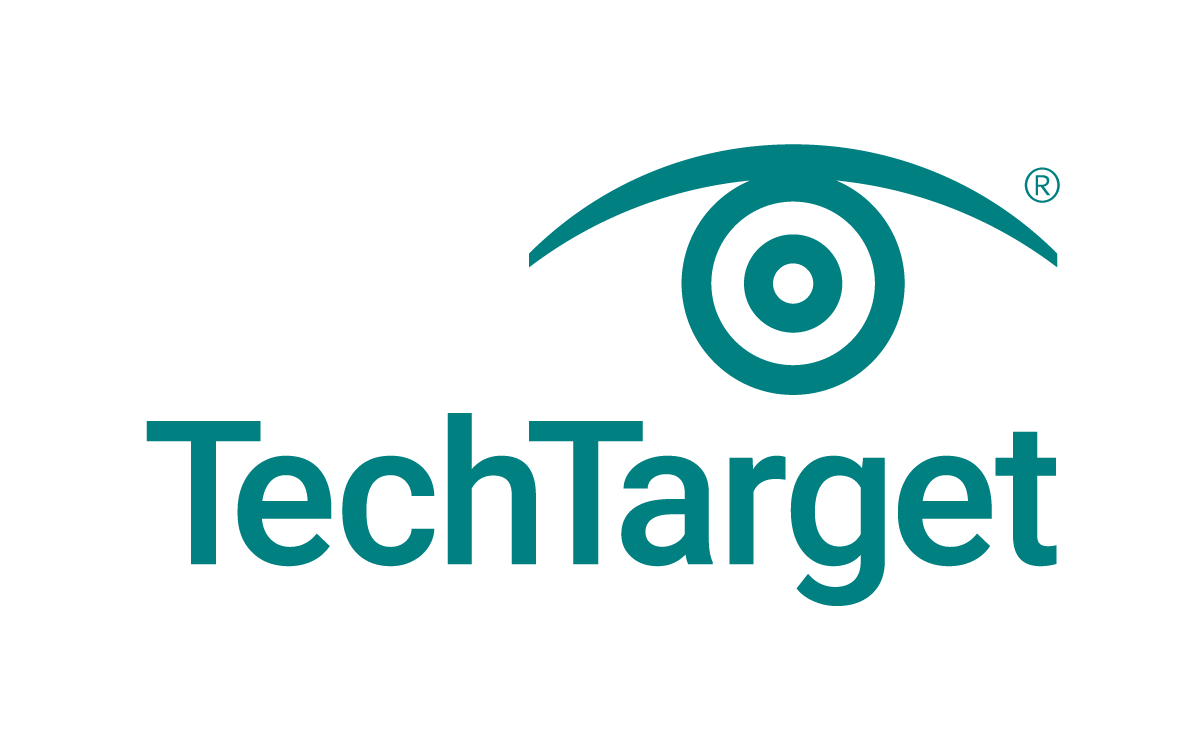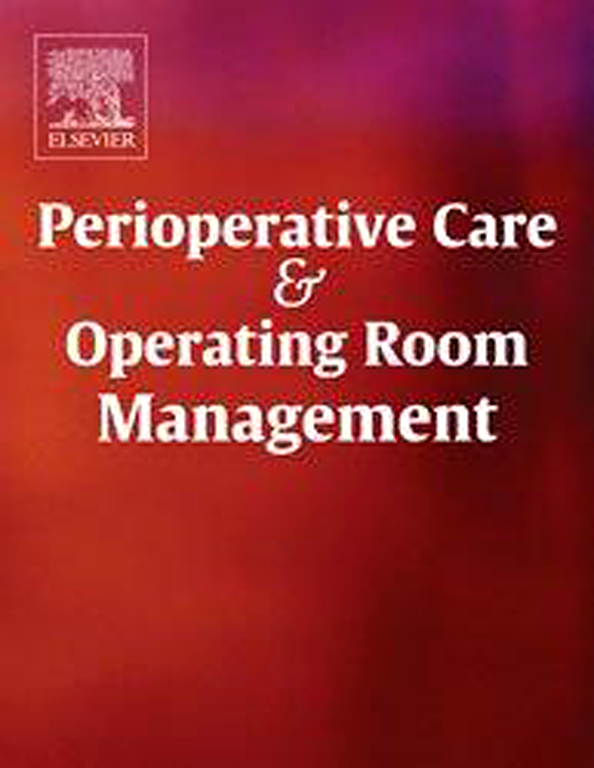Study: Mortality prediction models fail to recognize severe patient injuries

Editor's Note Machine learning (ML) models designed to predict patient mortality are falling short when it comes to identifying severe injuries that could lead to death, according to a March 27 report in TechTarget. The article focuses on research published in Nature Communications Medicine found that ML mortality prediction models…
Study: Predictive model improves nosocomial infection risk assessment after colon cancer surgery

Editor's Note A newly developed predictive model offers healthcare professionals a dynamic tool to assess the risk of nosocomial infections (NIs) in patients following colon cancer surgery, potentially improving early intervention strategies. Published February 27 in Frontiers in Oncology, the study introduces a nomogram—a statistical model that visualizes key risk…
AI models improve prediction of surgical complications using preoperative clinical notes

Editor’s Note Large language models (LLMs) outperformed traditional methods in predicting postoperative complications, according to a study on artificial intelligence (AI) in perioperative risk assessment published February 11 in the journal Nature. Results indicate AI-driven models could enhance patient safety and streamline clinical workflows by detecting complications earlier. Researchers analyzed…
AI shows promise for addressing nursing workforce challenges

Editor's Note Although the role of artificial intelligence is still evolving, early applications show significant potential to address challenges with burnout, staffing shortages, and high patient-to-nurse ratios, according to a January 10 article in Medscape. Offering a broad overview of the state of AI in nursing, complete with expert testimony…
Study: AI improves surgical case length predictions

Editor's Note A recent study developed and validated an artificial intelligence (AI) model leveraging natural language processing (NLP) and machine learning to significantly improve prediction accuracy for surgical case length. Published November 29 in the journal Surgery, the findings show promise for using AI as an alternative to current methods…
Study: AI, ML improve surgical control time estimation

Editor's Note AI and machine learning (ML) models show significant promise in enhancing preoperative estimates of surgical control time (SCT), which are frequently wrong, according to a study published September 10 in Perioperative Care and Operating Room Management. The longitudinal study examined differences between predicted and actual SCTs, broken down…
Algorithm enhances decision-making on intermediate-stage liver cancer surgery, treatment

Editor's Note An algorithm developed by researchers at Duke University Medical Centre is designed to assist patients diagnosed with intermediate-stage liver cancer in making decisions about surgery, according to an October 9 report in News Medical Life Sciences. Known as the Modified Metroticket, this tool predicts overall survival and recurrence-free…
Algorithm enables continuous forecasting of intraoperative blood pressure

Editor's Note Researchers at the Medical University of Vienna developed a new method using the Temporal Fusion Transformer (TFT) model to predict intraoperative hypotension in patients under general anesthesia. According to findings published August 30 in eClinical Medicine, part of The Lancet, the model utilizes routine vital sign data, including…
The rise of AI in radiology—and what the future holds

When it comes to the adoption of artificial intelligence (AI) in medicine, radiology is leading the charge. As of May 13, 2024, the US Food and Drug Administration (FDA) had approved nearly 900 AI- and machine learning (ML)-enabled devices, and the vast majority of them are in radiology. One example…
AI model helps predict patient decline, drive collaborative care

Editor's Note An AI prediction model that uses near-real-time data to generate a patient risk score shows the promise of AI for helping physicians and nurses coordinate on patient care, according to findings published March 25 in JAMA Internal Medicine. Performed by researchers at Stanford Medicine, the study examined an…

 Free Daily News
Free Daily News